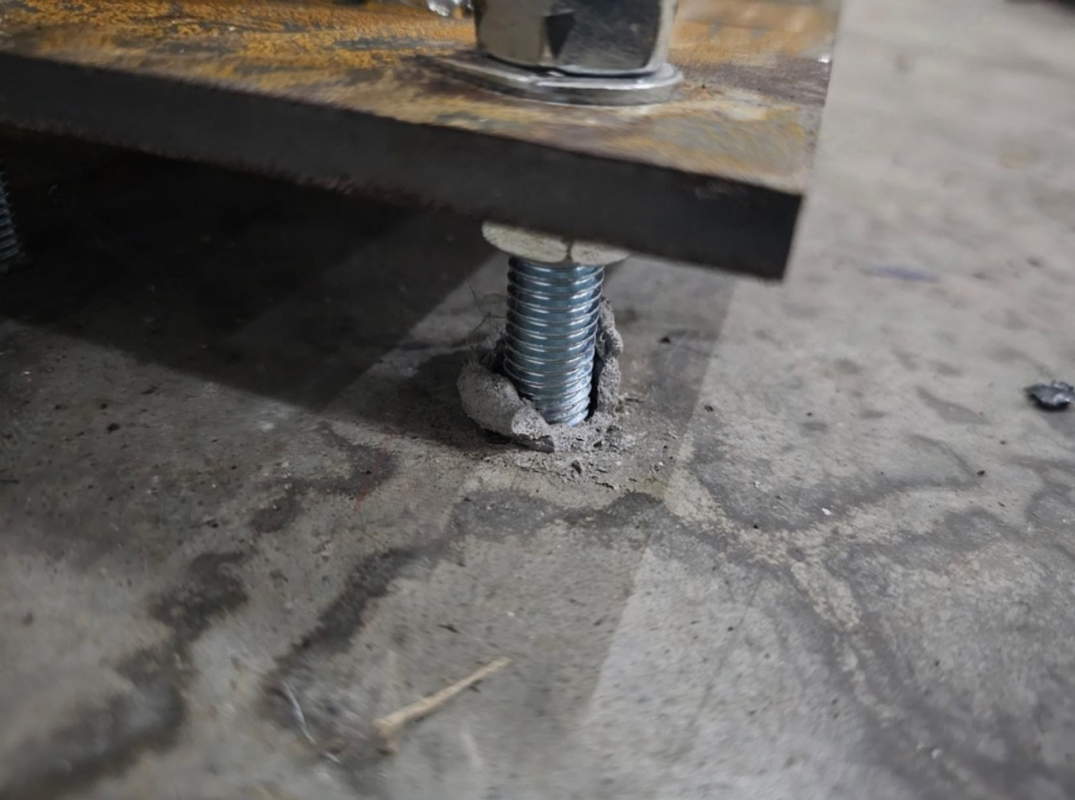Top 5 Mistakes to Avoid When Using Chemical Anchors
Chemical anchors are an excellent solution for securing heavy loads in concrete, masonry, and other solid materials. They provide superior load-bearing capacity and durability compared to mechanical anchors. However, proper installation is critical to achieving their full potential. Mistakes during installation can lead to weakened performance, compromising the safety and integrity of your project. In this guide, we’ll highlight the top five mistakes to avoid when using chemical anchors, ensuring that your installations are both strong and long-lasting.
1. Incorrect Hole Preparation
One of the most common mistakes is improper hole preparation. Chemical anchors rely on a strong bond between the adhesive and the concrete surface. Any dust, debris, or irregularities in the hole can weaken this bond.
Solution:
- Drill the hole to the right depth and diameter: Always follow the manufacturer’s guidelines for the hole size and depth.
- Clean the hole thoroughly: Use a blow-out pump or compressed air, and a hole brush to remove all dust and debris. Incomplete cleaning can prevent the adhesive from properly adhering to the surface.
- Avoid using worn-out drill bits: Ensure the drill bits are in good condition to prevent uneven or oversized holes.
2. Wrong Mixing of the Adhesive
Using the correct ratio of adhesive components is vital. Chemical anchors typically consist of two components (resin and hardener) that must be mixed in the proper proportions. Incorrect mixing can result in incomplete curing, significantly reducing the anchor’s load capacity.
Solution:
- Use the correct dispensing equipment: A specialized caulking gun for concrete epoxy ensures accurate mixing of the resin and hardener as they are dispensed.
- Check the initial extrusions: Discard the first few extrusions from the nozzle until the mixture is uniform in color. This indicates that the components are properly mixed.
- Follow the manufacturer’s instructions: Always adhere to the recommended mixing time and ratios for your specific product.
3. Insufficient Curing Time
Allowing adequate curing time is crucial for the chemical anchor to reach its full strength. Rushing the installation or applying loads before the adhesive has fully cured is a frequent mistake that compromises the anchor’s performance.
Solution:
- Respect curing times: Curing times vary depending on temperature and humidity. Always refer to the manufacturer’s guidelines.
- Avoid premature loading: Do not apply any load on the anchor until the curing process is complete. Premature loading can weaken the adhesive bond.
- Monitor environmental factors: Cold weather can slow down the curing process, while high temperatures can accelerate it. Adjust your work schedule accordingly.
4. Overlooking Load Capacity and Safety Margins
Chemical anchors are designed to support specific load limits, which vary depending on the type of adhesive and base material. Installing anchors without considering the appropriate load capacity can lead to anchor failure, putting your structure at risk.
Solution:
- Calculate the required load capacity: Always assess the load requirements for your project and choose anchors that meet or exceed these specifications.
- Use safety margins: Include a safety factor when calculating the required anchor strength. This ensures that the anchor can handle unexpected loads or stressors.
- Avoid using mismatched anchors: Do not mix chemical anchors with incompatible bolts, rods, or other fasteners, as this can reduce the system’s overall performance.
5. Poor Weather Conditions During Installation
Environmental conditions can have a significant impact on the performance of chemical anchors. Extreme weather—such as rain, freezing temperatures, or high humidity—can affect the adhesive’s ability to bond with the base material.
Solution:
- Avoid installing in wet conditions: Moisture can prevent the adhesive from bonding properly, leading to weakened anchors.
- Account for temperature: Cold temperatures can delay curing times, while very high temperatures can cause the adhesive to set too quickly. Follow the manufacturer’s recommendations for installation temperature ranges.
- Use specialized adhesives for extreme conditions: If working in challenging weather, opt for chemical anchors designed for specific conditions like low-temperature or underwater environments.
Conclusion
Using chemical anchors correctly ensures that your project is safe, secure, and durable. By avoiding these common mistakes, you can maximize the performance of your anchors and reduce the risk of failure. Always follow the manufacturer’s guidelines, prepare the hole carefully, and allow sufficient curing time for optimal results.

